Tips For Improving The Lawn And Reducing Maintenance
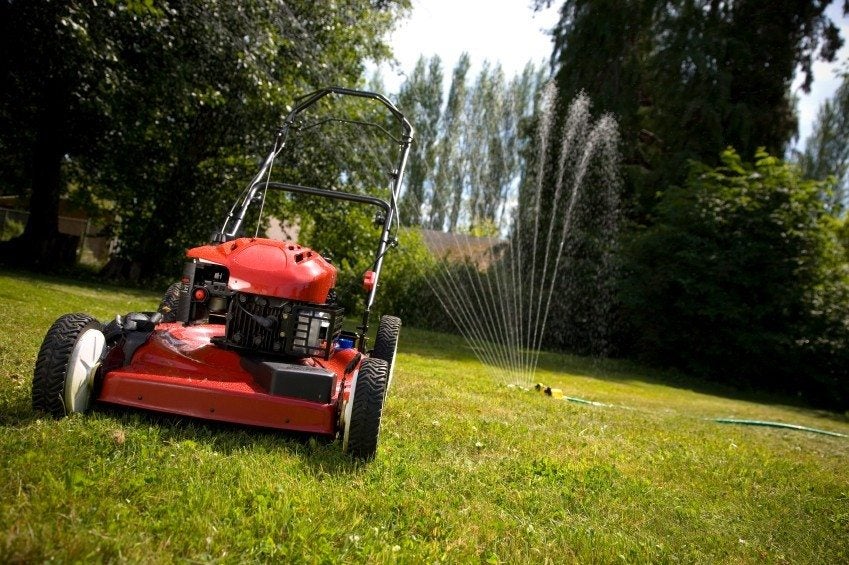

Keeping the lawn attractive while cutting down on its overall maintenance is important to most homeowners. A lawn is your welcome mat. It is one of the first things that people notice as they drive up to or past your home. With a few simple tips, it is possible to not only have the lawn of your dreams but one that will require less work in keeping it healthy. A good lawn is an easy-care lawn. Mowing and other lawn maintenance chores should not be complicated or time consuming. Minimize these tasks by implementing edging around beds, walkways, foundations, steps, etc.
Using Edging for the Lawn
An attractive edging can be constructed with paving stones or brick and laid flush with the lawn. This kind of edging will also reduce the need for hand trimming. Steel, aluminum, and plastic edgings are attractive and readily available alternatives as well. Edging can also save on lawn maintenance by keeping mulch in and grass out.
How Often to Mow
A good-looking lawn requires mowing no more than every two weeks. Rather than giving the lawn a close trim each week, let it grow a little. This will actually help the lawn by allowing it to shade out weeds and develop stronger root systems. Removing no more than a third of its overall length at a time may be helpful as well. Also, mow only when the grass is dry and use a sharp mower blade to make cleaner cuts. Mowing wet grass can spread fungus or insects; it can also dull the mower blades.
Preventing Weeds in the Lawn
A well-prepared lawn doesn't contain bare spots or patchy areas where grass will not grow. If a bare area should develop, don't leave it open to weed invasion; reseed the area as soon as possible or turn it into a flower bed instead. If your lawn has significant shady areas that make growing grass difficult, consider using shade-loving grasses instead or incorporate a shade garden. You could also try to reduce the amount of shade by removing the lower branches of trees that might be causing this shade. Weeds and wild grasses should not be present in the well-manicured lawn. Dandelions popping up throughout the lawn are a tell-tale sign that soil problems are occurring.
Fertilizing Your Lawn
Even if you are committed to having a low-maintenance lawn, you will need to fertilize it with nitrogen to sustain a thick, vigorous lawn. In addition to nitrogen, your lawn may require doses of phosphorus and potassium as well. Depending on where you live, however, your soil may naturally contain sufficient levels of these elements. Test your soil regularly to make sure that all nutrients are in balance. When choosing fertilizer, look for the slow-release forms. Using slow-release fertilizers will allow you to reduce the amount of time you spend feeding the lawn. These don't have to be applied as frequently, saving you both time and money. Leaving clippings where they fall not only saves on maintenance, but it also reduces the need to fertilize. Grass clippings naturally add nitrogen to the soil as they decompose and also help conserve soil moisture. This is also a great alternative to using chemical fertilizers. A healthy, well-fed lawn will resist the attacks of pests and diseases as well as crowd out weeds.
Watering Your Lawn
One of the best lawn-maintenance savers is less frequent but deeper watering. How much water your lawn needs depends on the grass, the soil, and the amount of rainfall your lawn gets. Generally, watering an inch (2.5 cm.) once or twice a week should be sufficient. Give your lawn the water it needs but no more. If it rains during the week, decrease your watering. If it is extremely hot or windy, you may need to increase the watering. There are, however, ways to minimize the need for watering. Keeping the grass taller by mowing less frequently will help shade the soil, reducing moisture evaporation. Choosing native grasses or those adapted to your area generally require less watering. Improving the lawn's soil quality, without chemicals, can also reduce watering needs, and organic lawns require less watering than chemically treated lawns.
Gardening tips, videos, info and more delivered right to your inbox!
Sign up for the Gardening Know How newsletter today and receive a free copy of our e-book "How to Grow Delicious Tomatoes".

Nikki Tilley has been gardening for nearly three decades. The former Senior Editor and Archivist of Gardening Know How, Nikki has also authored six gardening books.
-
 Which Invasive Shrubs Should You Avoid Growing? Plus, Best Natives To Plant Instead
Which Invasive Shrubs Should You Avoid Growing? Plus, Best Natives To Plant InsteadCertain plants may look lovely but they can wreak havoc to local areas and native wildlife. Here are the key invasive shrubs to avoid – with recommendations on gorgeous native alternatives to try
-
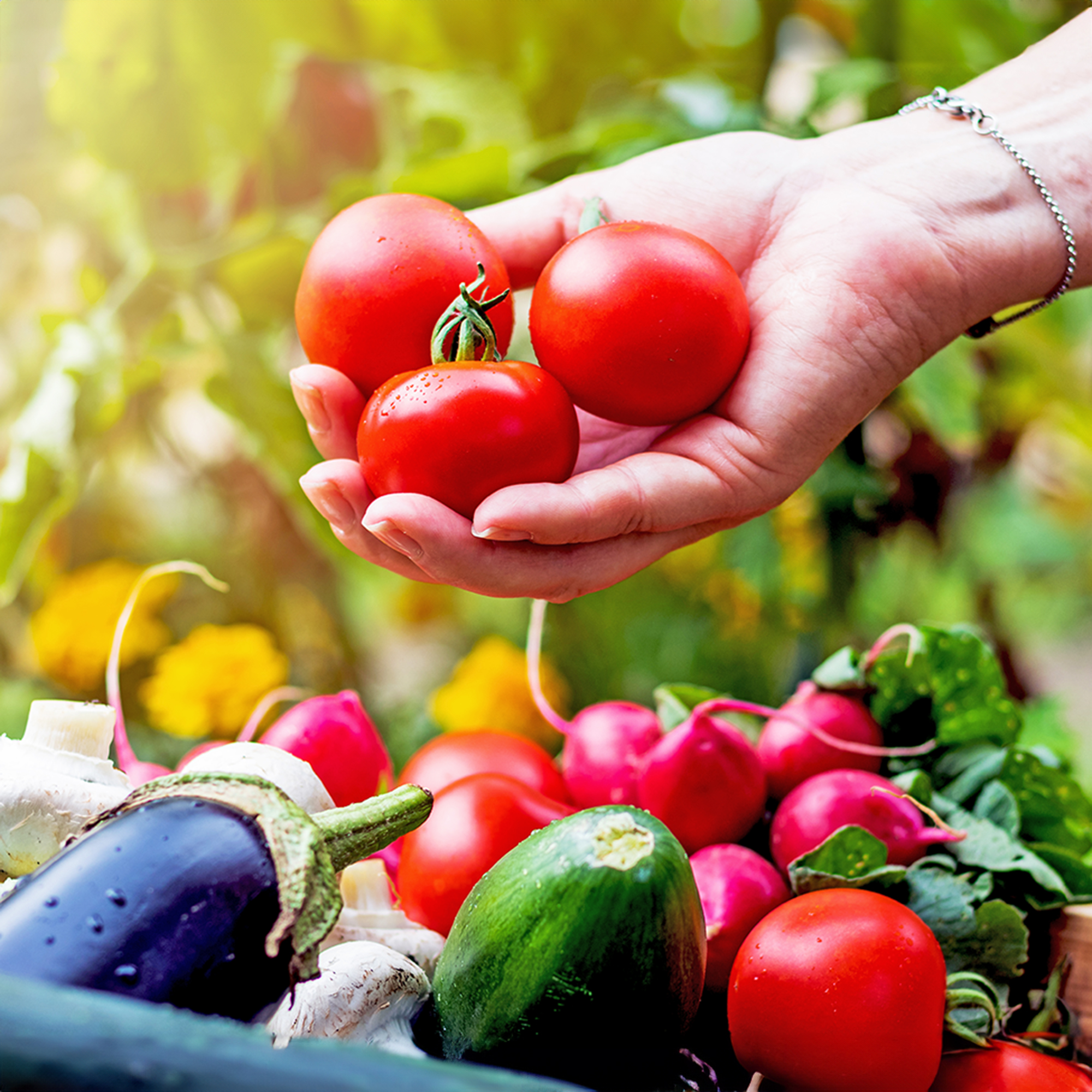 What Not To Plant With Tomatoes: 8 Bad Neighbors That Could Ruin Your Harvest
What Not To Plant With Tomatoes: 8 Bad Neighbors That Could Ruin Your HarvestNot all companion plants are beneficial – some can sabotage your tomatoes. Find out which ones to keep at a safe distance in the garden.
-
 Sustainable Turf Species For A Greener Lawn
Sustainable Turf Species For A Greener LawnClick here for some of the most sustainable types of turf grass you can grow for an eco-friendly lawn.
-
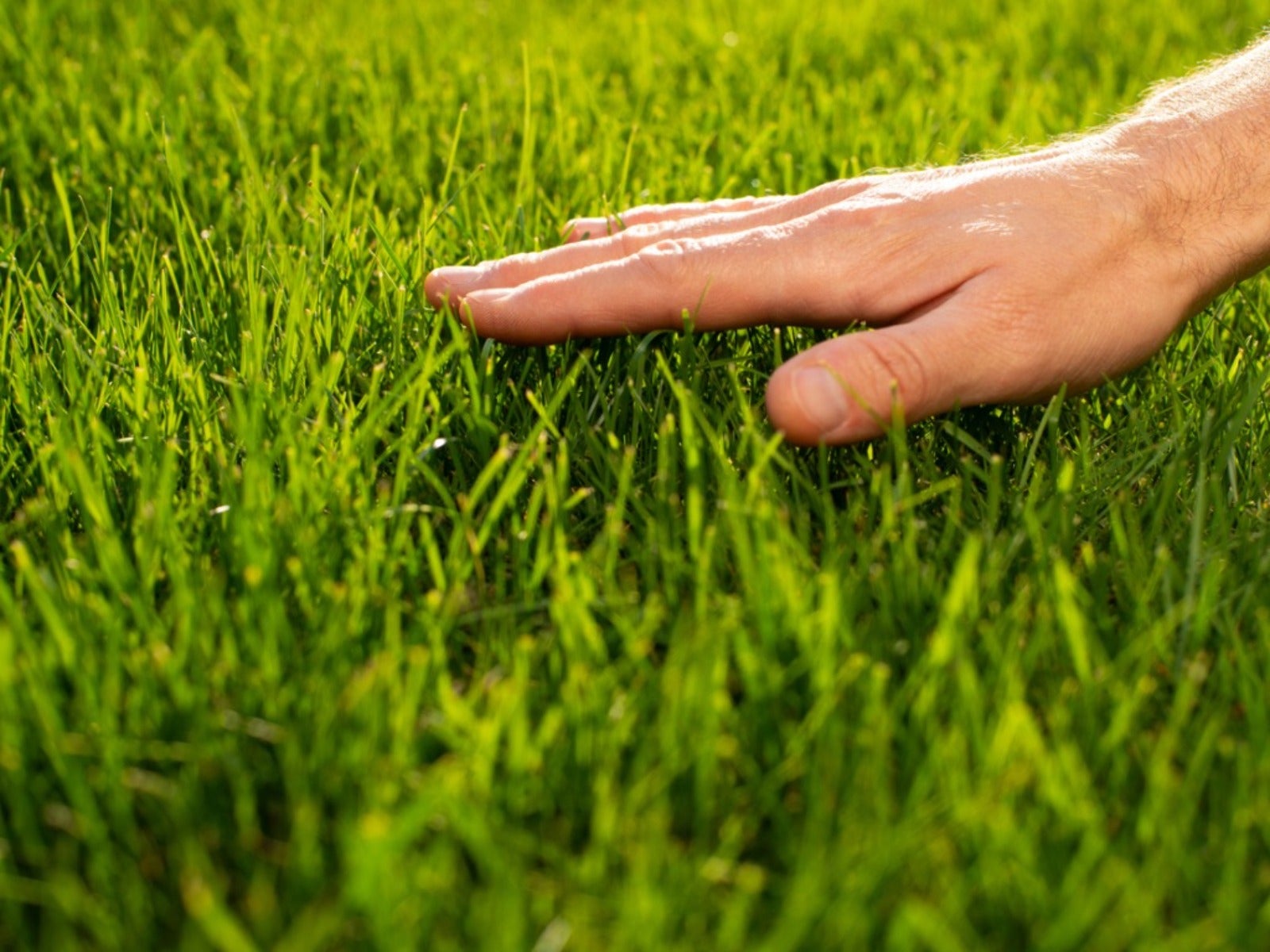 How To Grow A Sustainable Lawn
How To Grow A Sustainable LawnAdjust your thinking about a perfect green lawn and consider more sustainable methods. Click here to learn how.
-
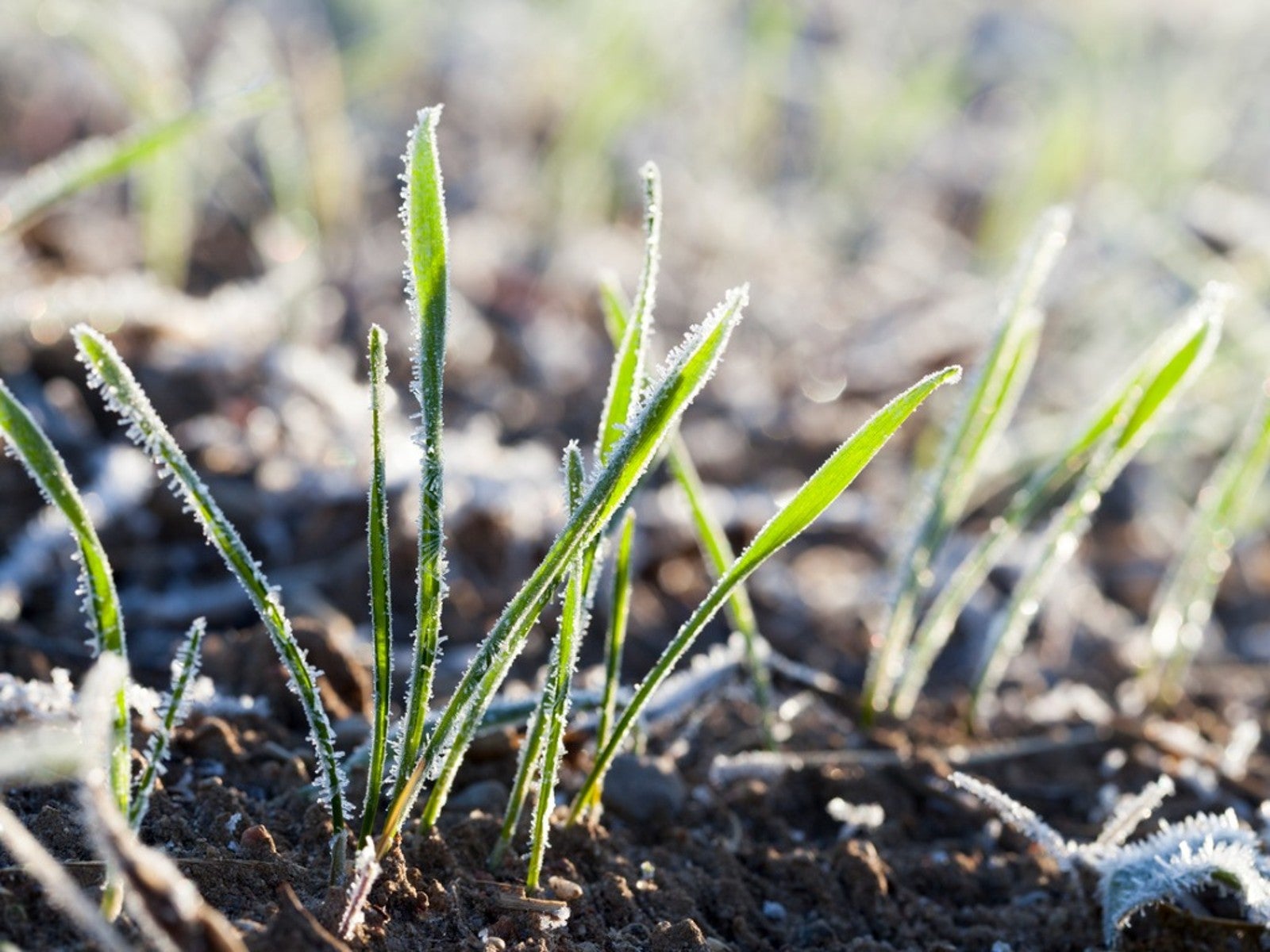 Will Frost Kill Grass Seed And How To Help New Turf Survive
Will Frost Kill Grass Seed And How To Help New Turf SurviveLearn how to help your newly sown grass survive frost and freezing weather.
-
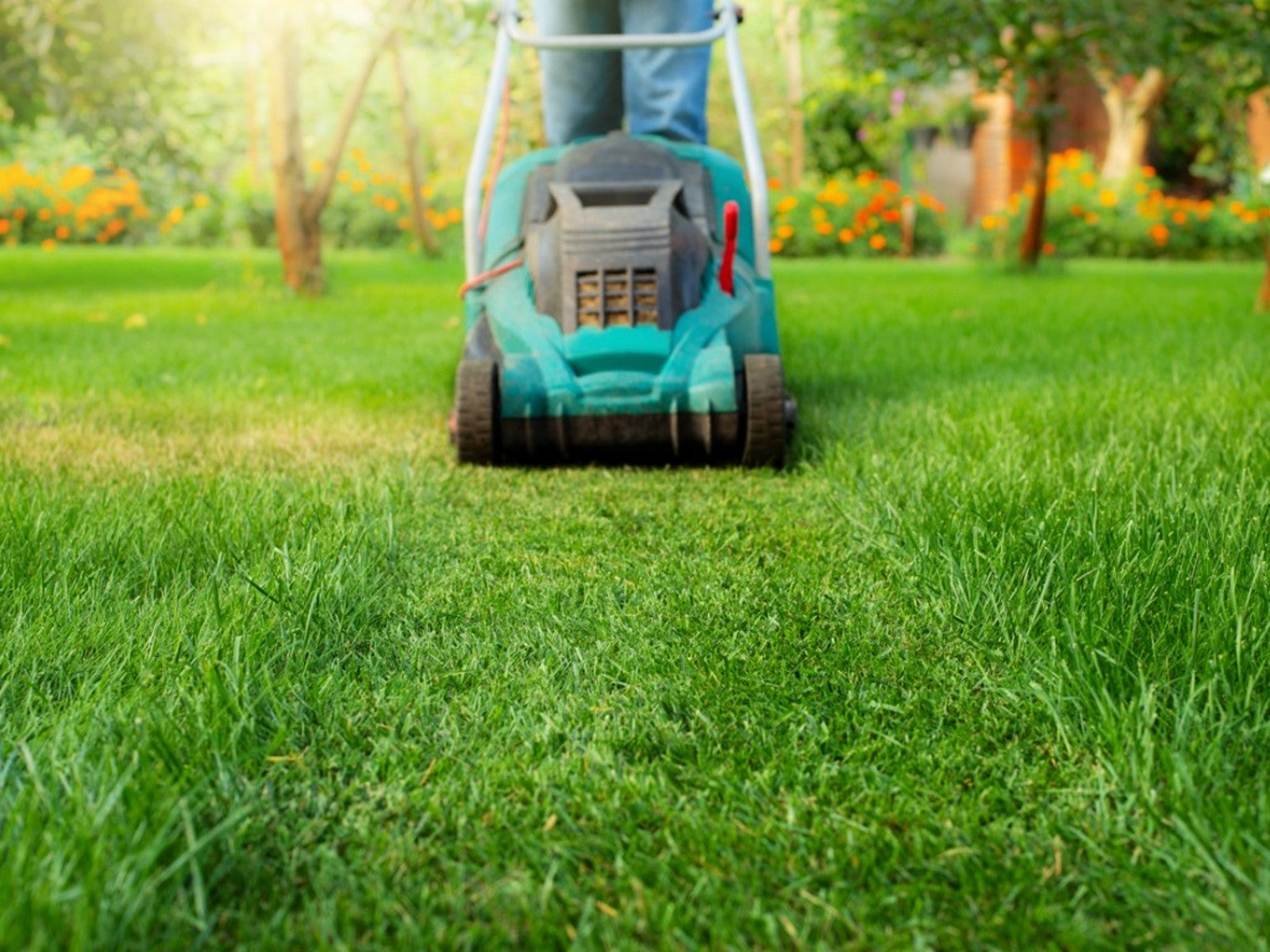 Lawn Problems That Aren’t Really Problems
Lawn Problems That Aren’t Really ProblemsYour lawn may not require as much work as you think. Learn which common problems aren’t really problems.
-
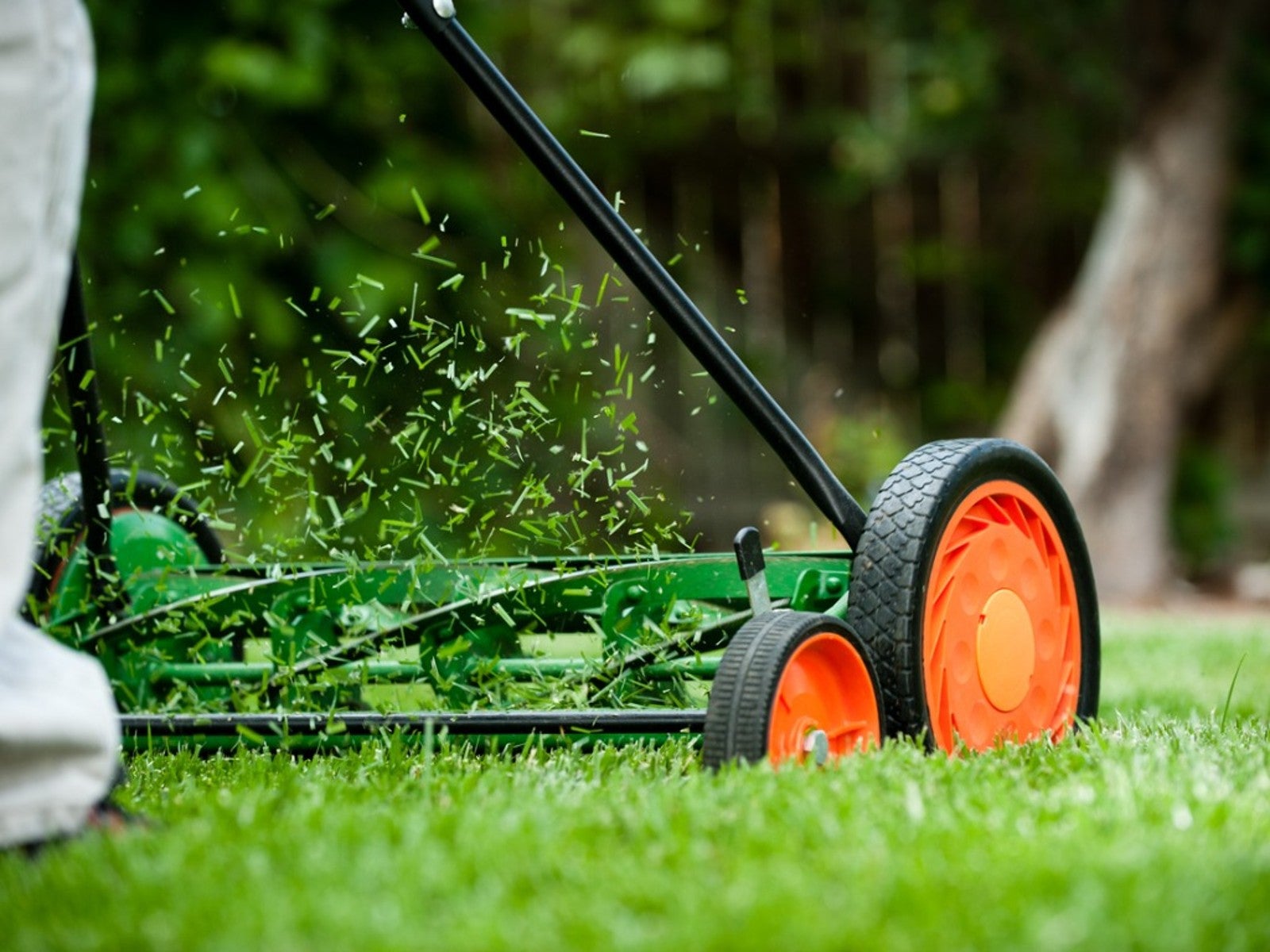 Why A Manual Push Mower Is Good For You And The Environment
Why A Manual Push Mower Is Good For You And The EnvironmentReel mowers are making a comeback, but why? Click here to learn about reel mower pros and cons.
-
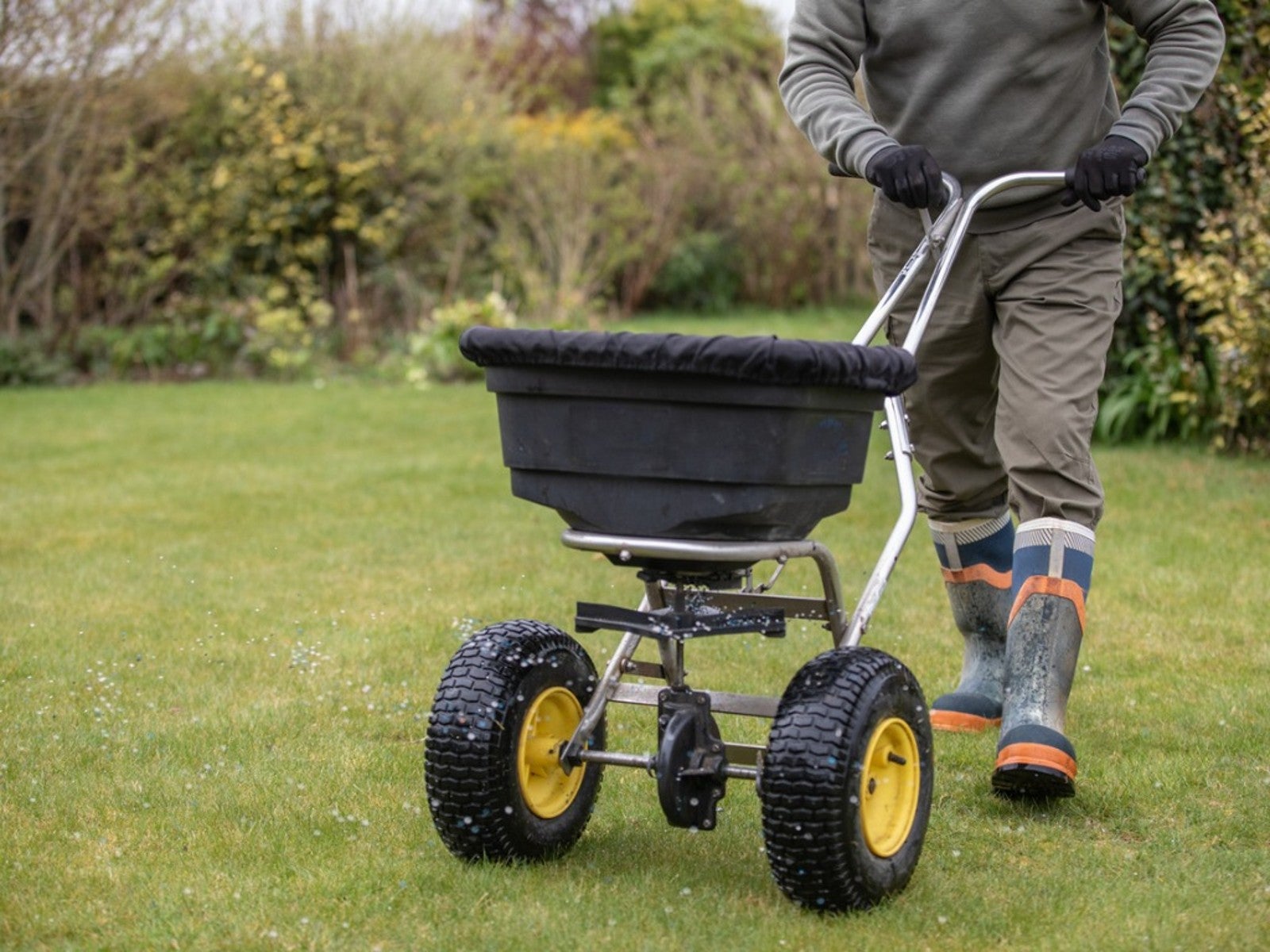 Fertilize Grass In Fall For A Lush Lawn In Spring
Fertilize Grass In Fall For A Lush Lawn In SpringFor everything you need to know about fertilizing your lawn in the fall, click here.
-
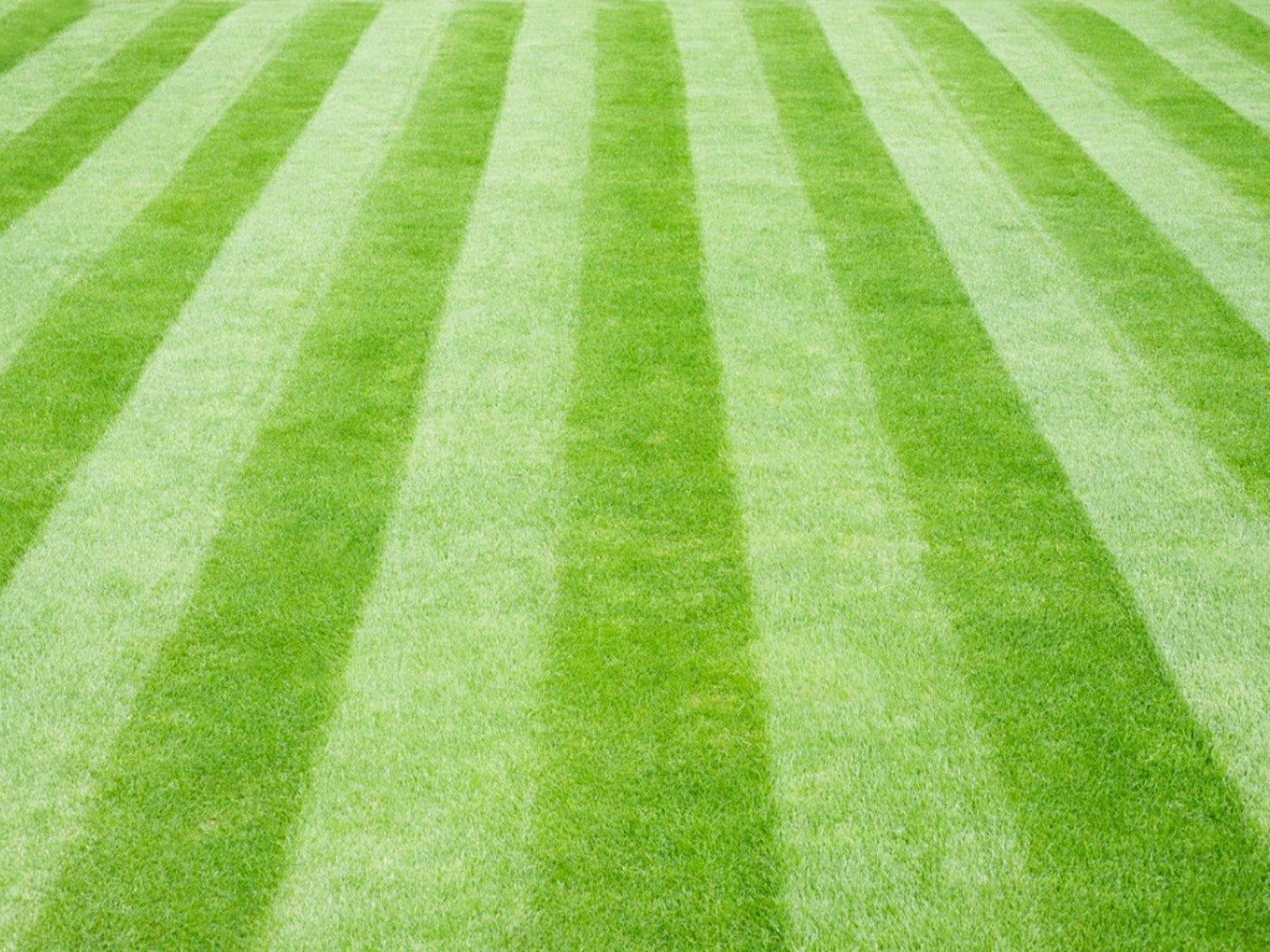 Tips For Mowing Stripes In Lawn
Tips For Mowing Stripes In LawnWouldn’t it be great to have stripes in your lawn like a sports field? Learn how here.
-
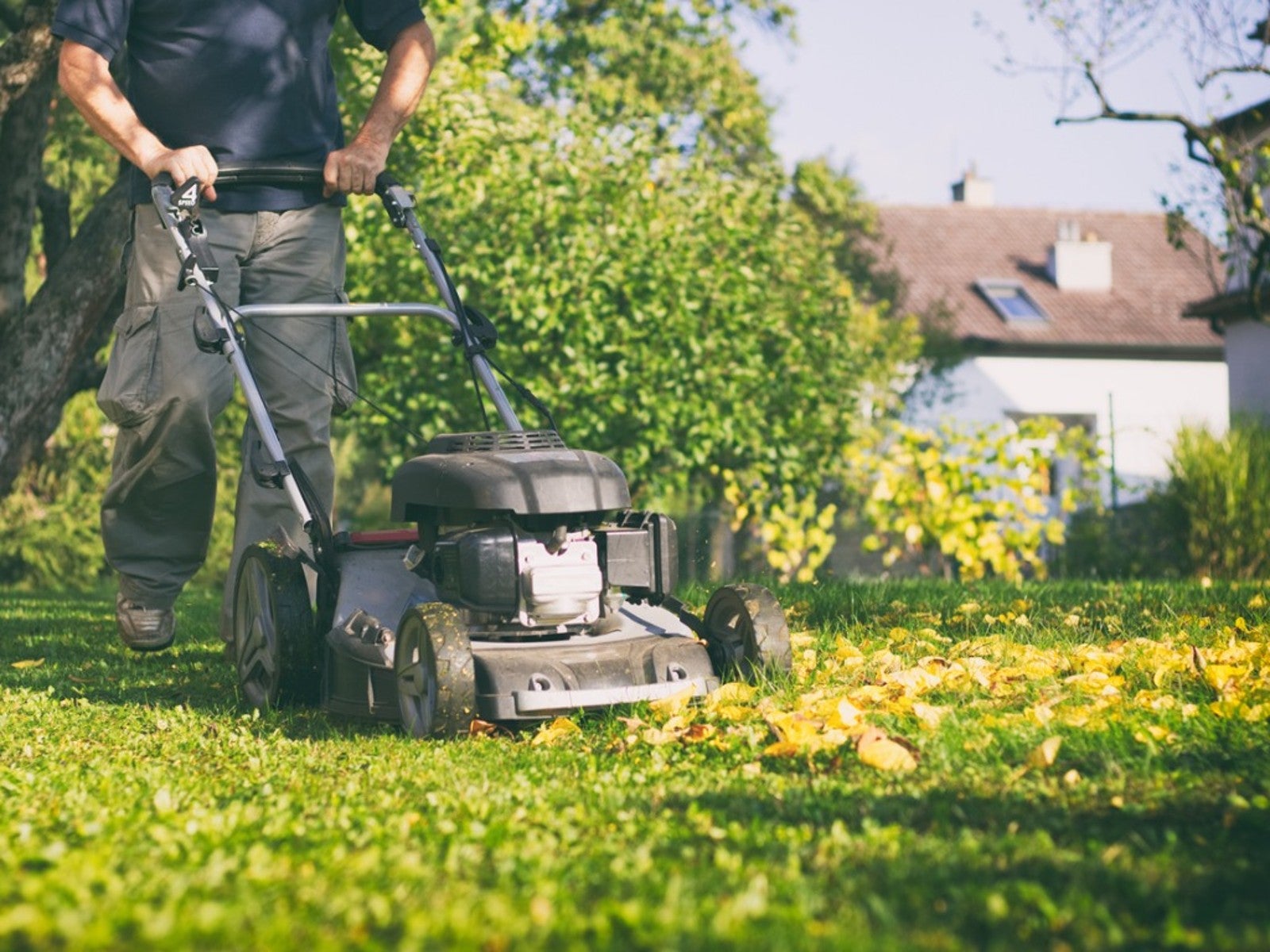 Late Summer Lawn Care Checklist
Late Summer Lawn Care ChecklistPlan to do some late summer care and maintenance of your lawn so it will be healthy and beautiful in the spring. Here are some tips.